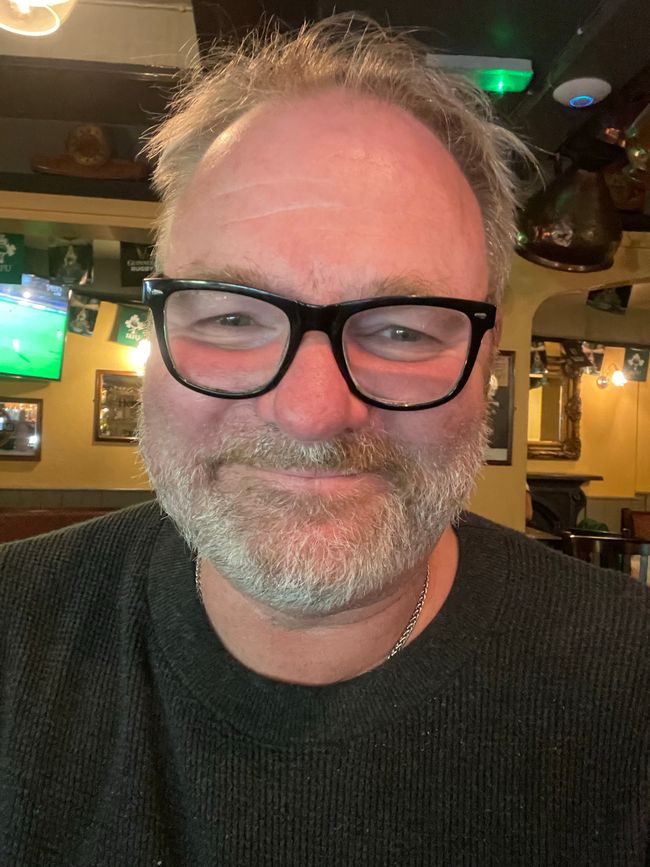
USA 2022 - The Great Comeback
vakantio.de/usa-2022-the-great-comeback
24th Day - 6th March 2022
Апублікавана: 07.03.2022
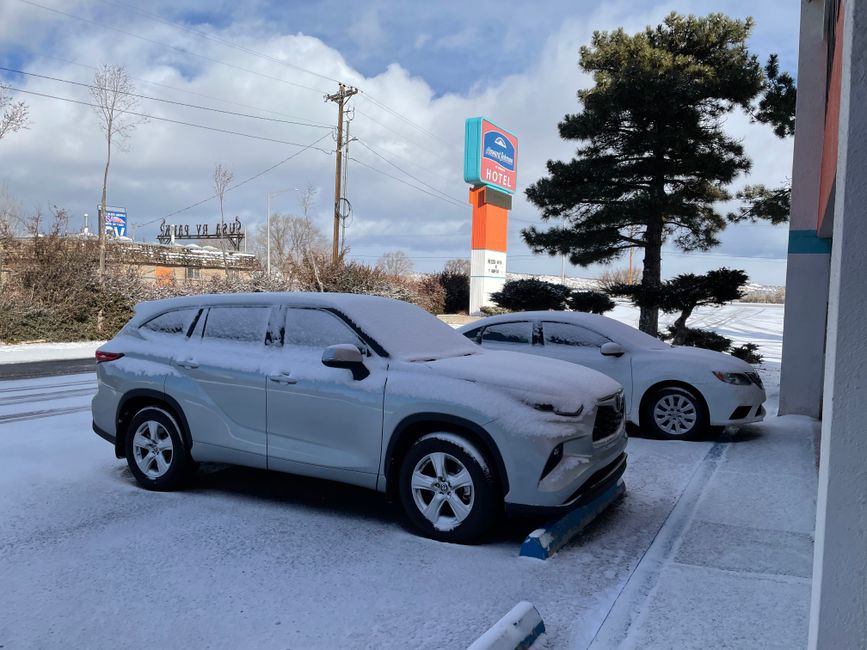
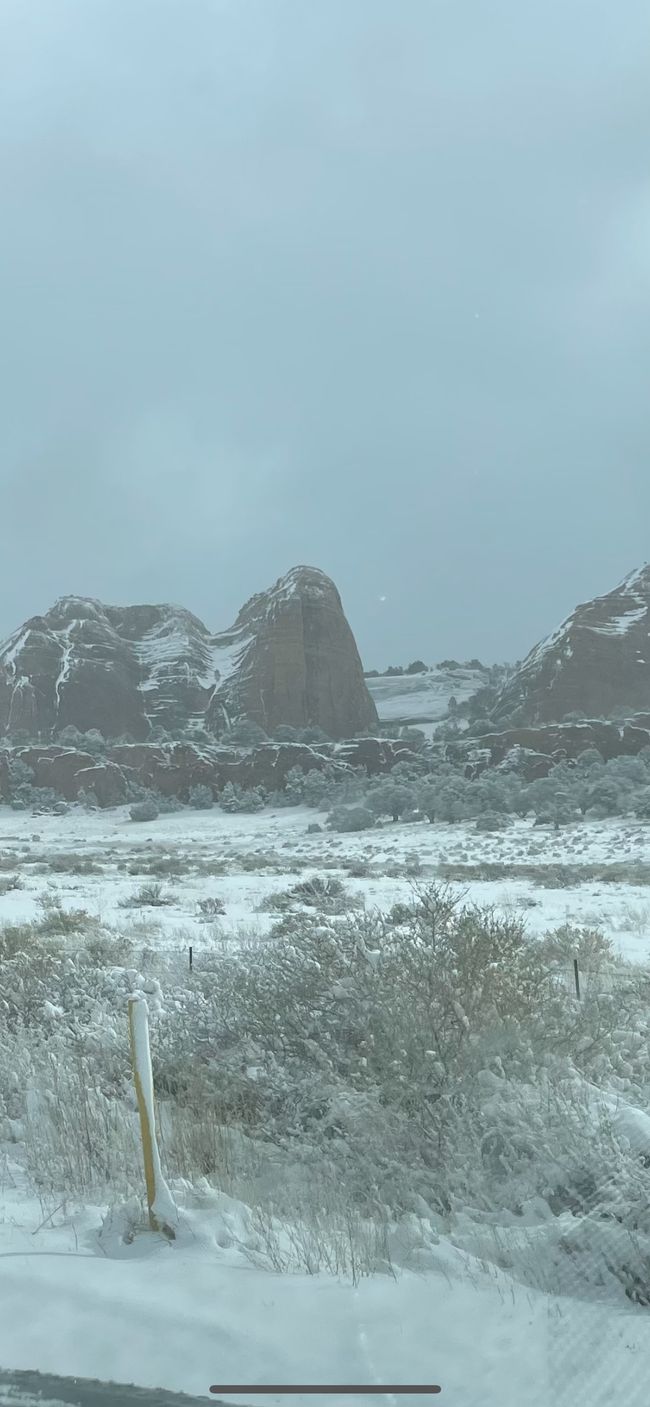
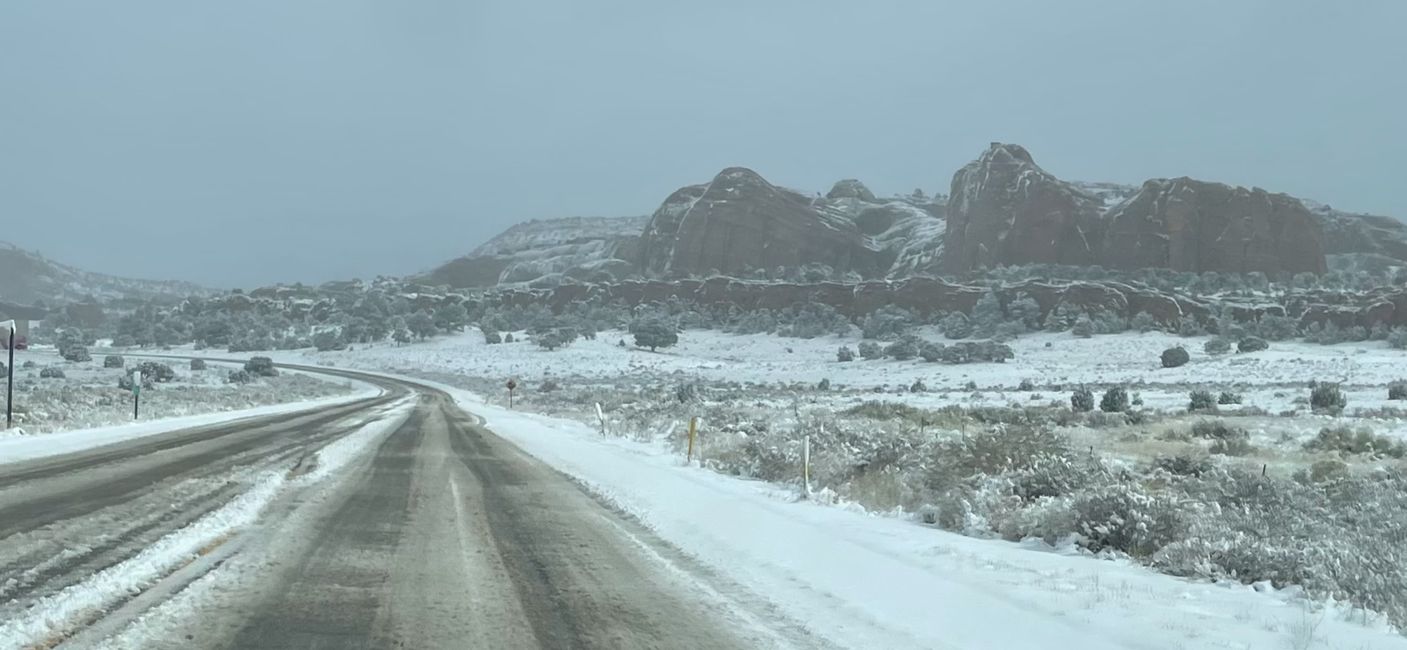
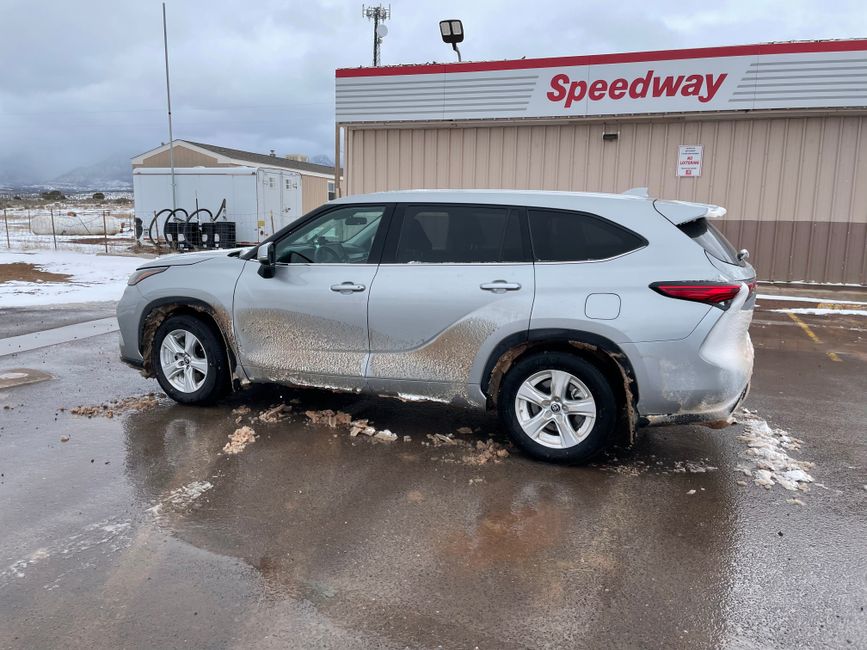
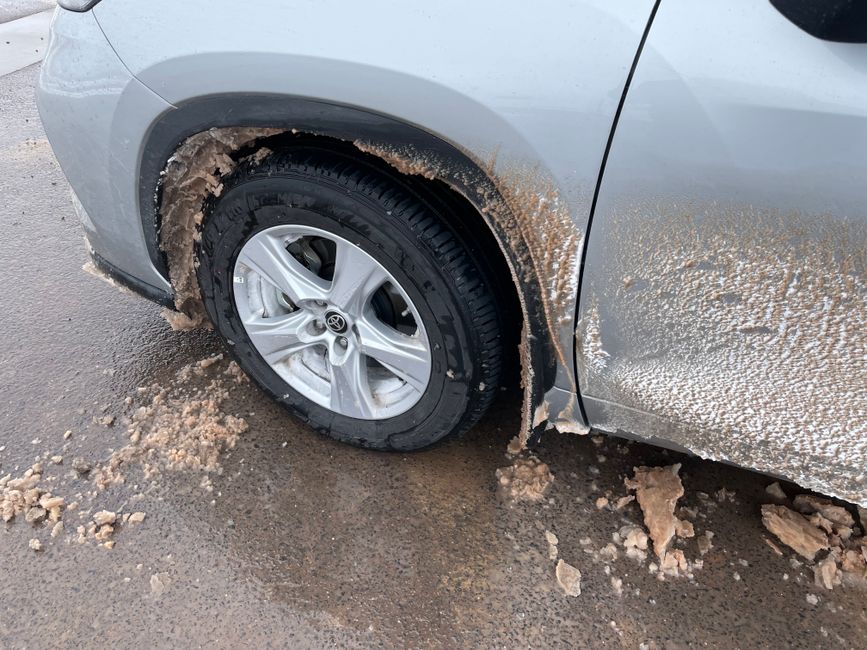
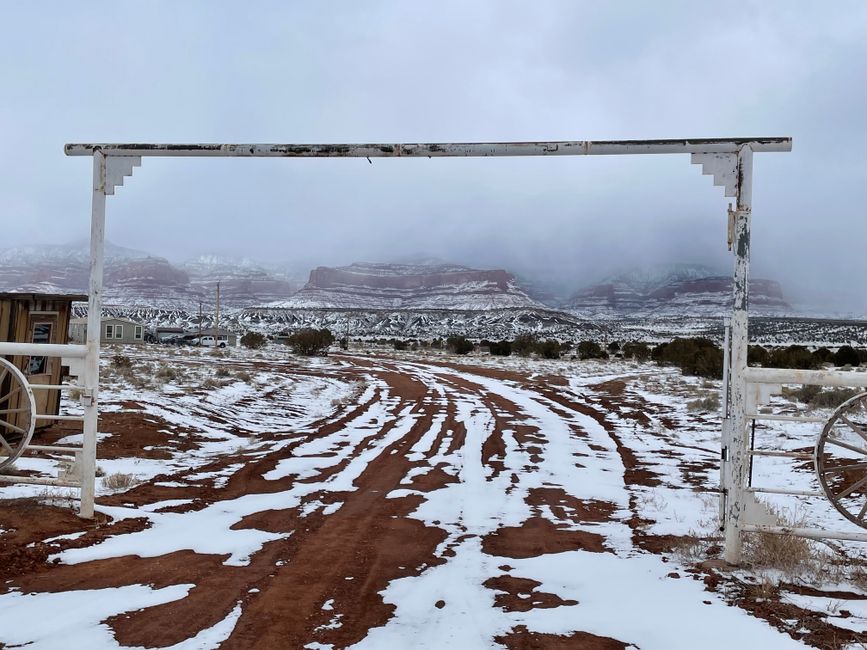
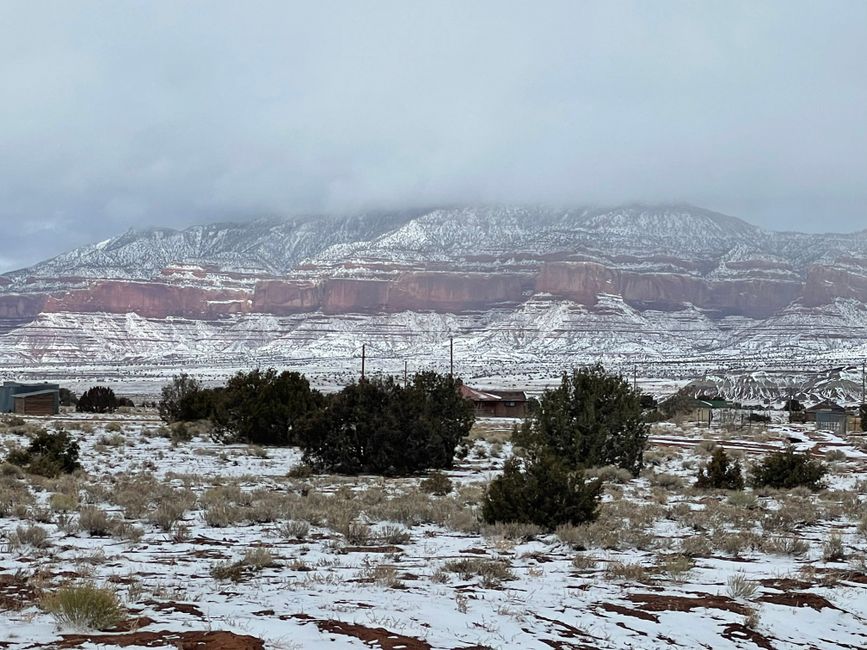
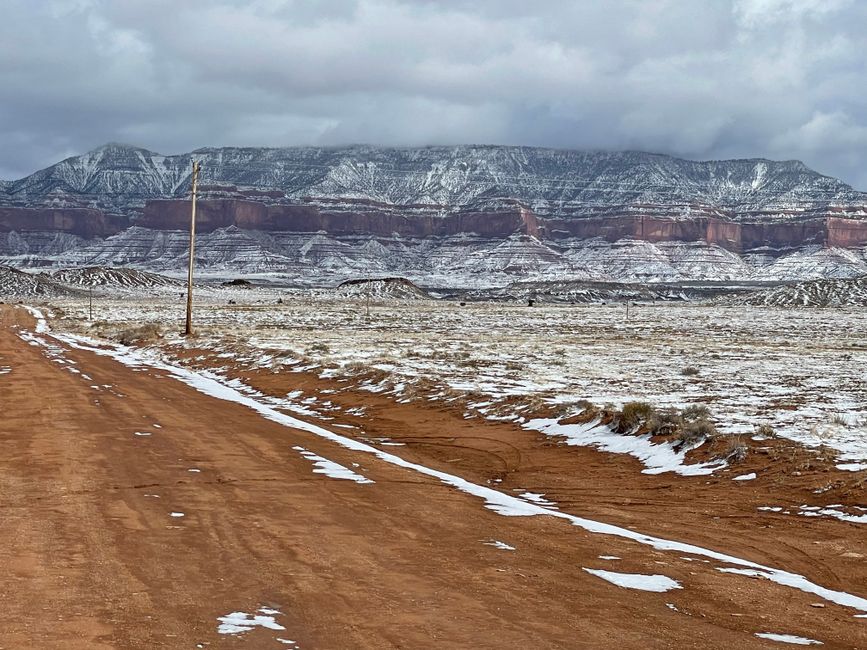
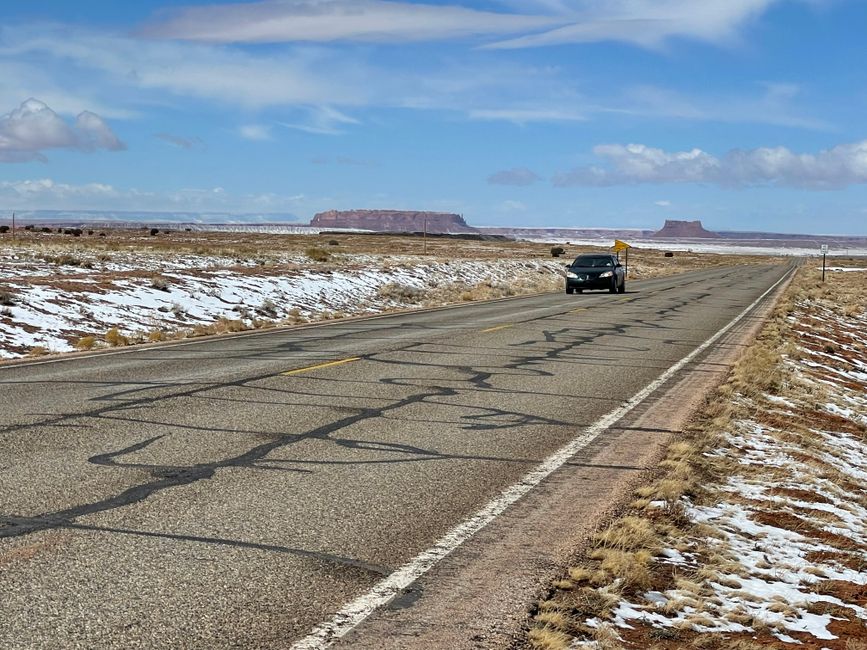
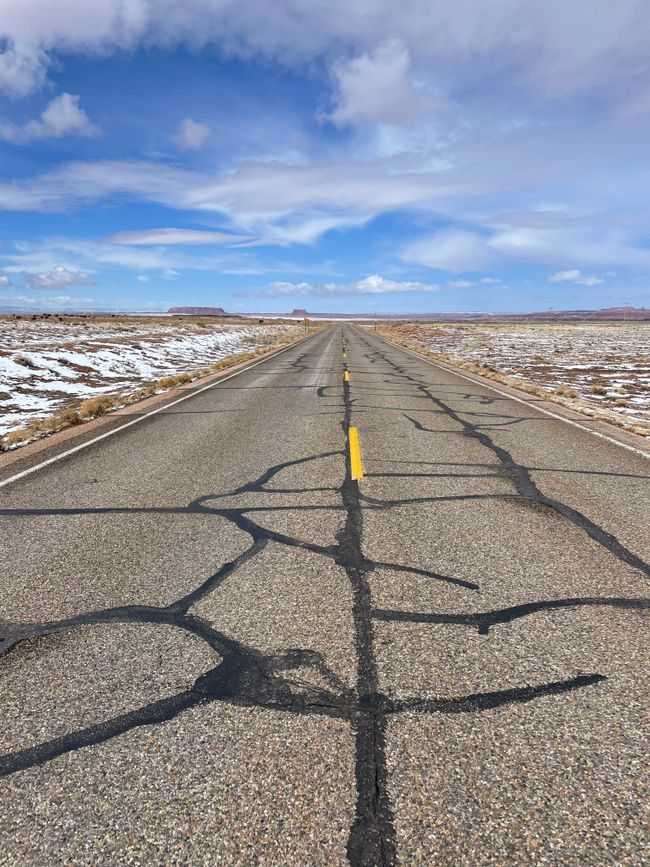
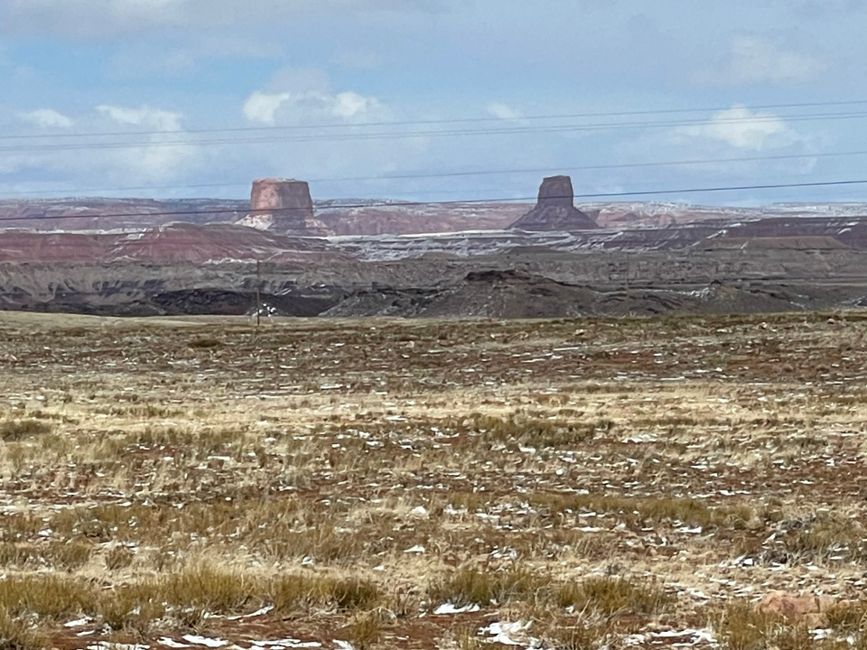
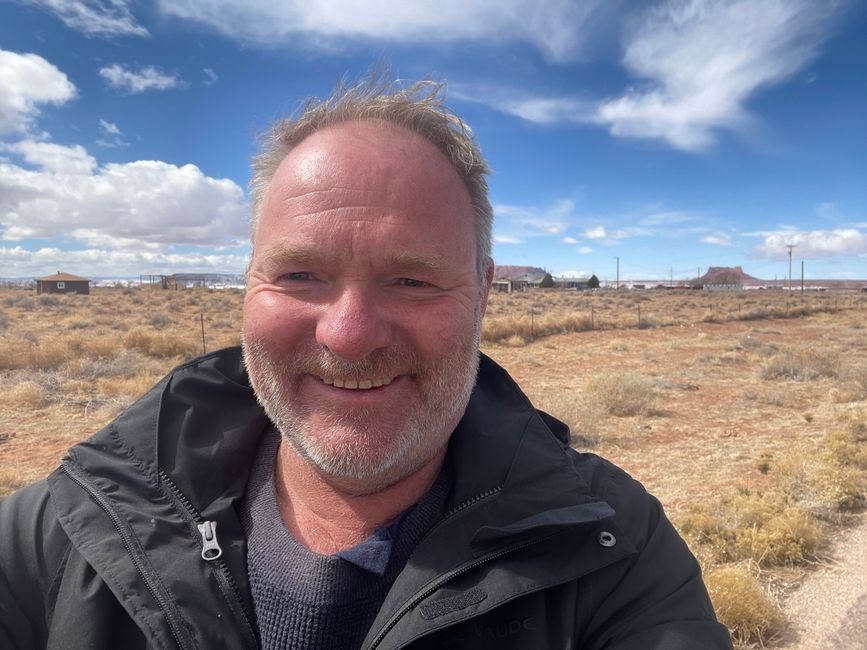
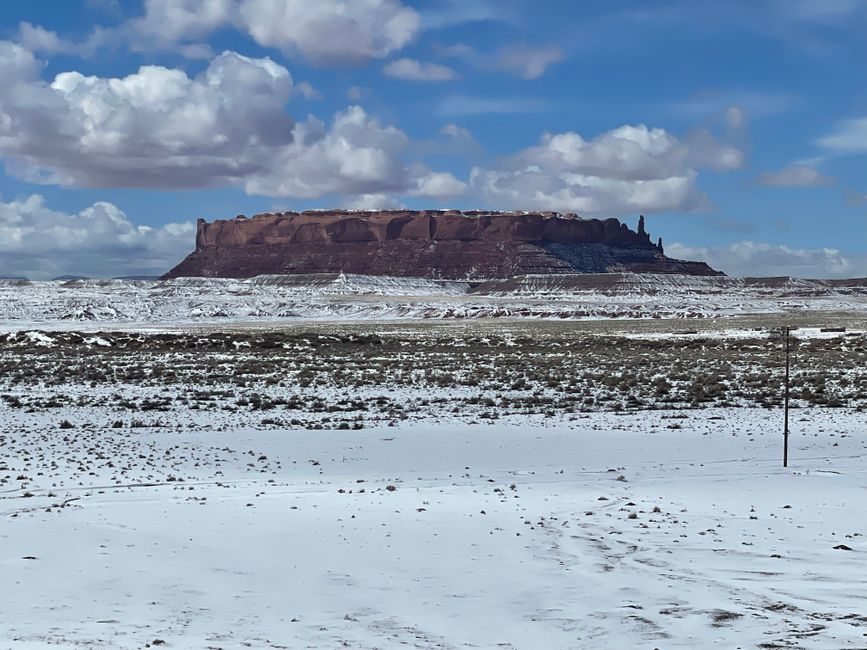
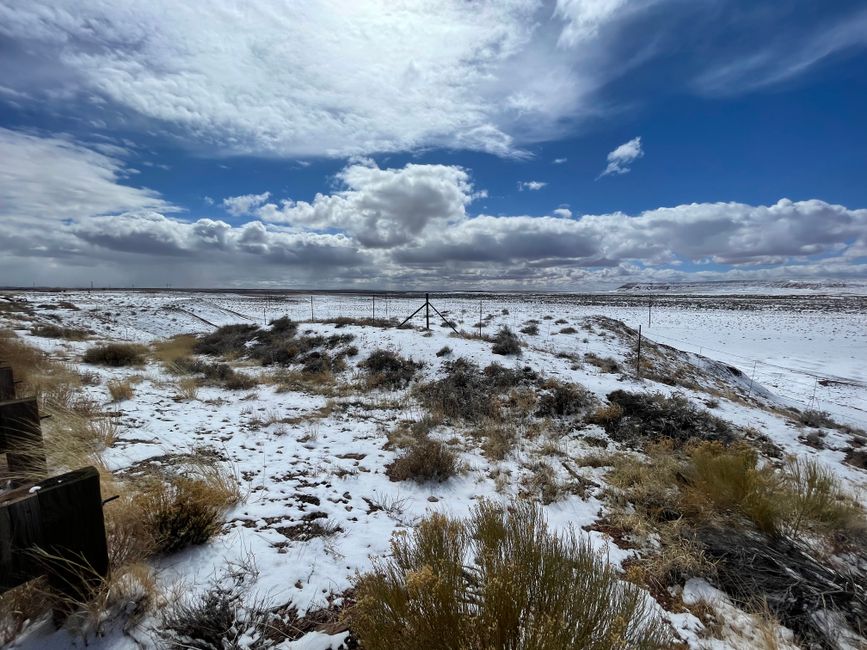
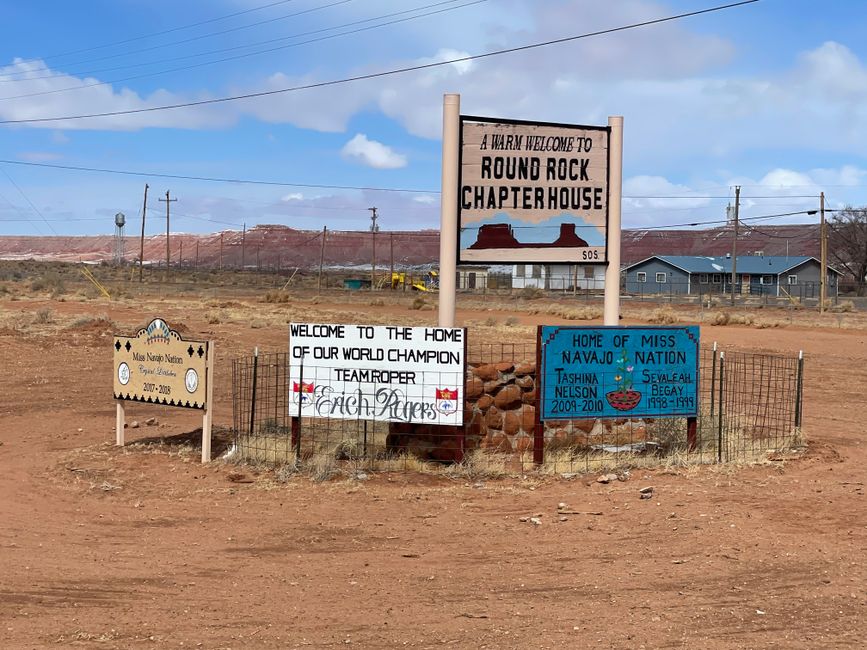
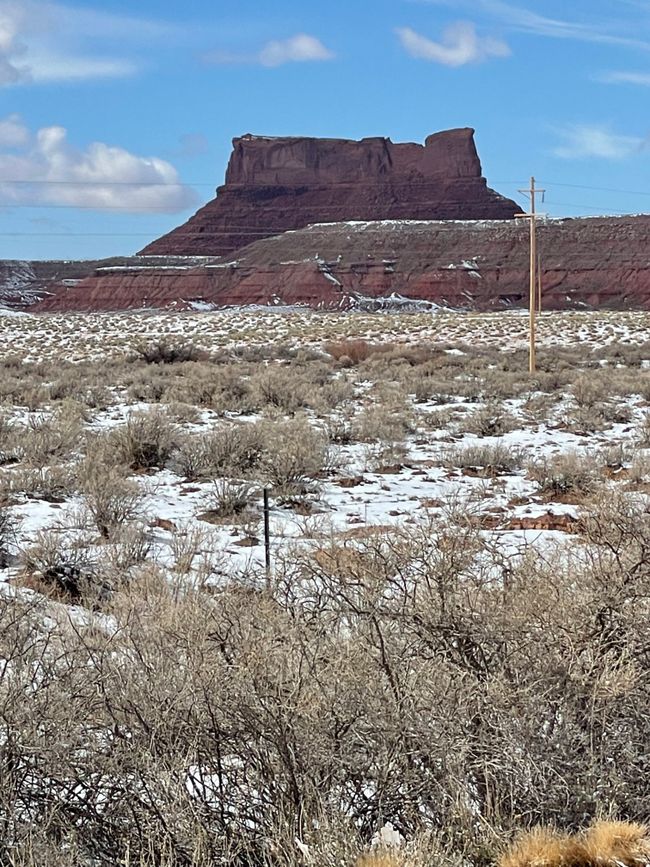
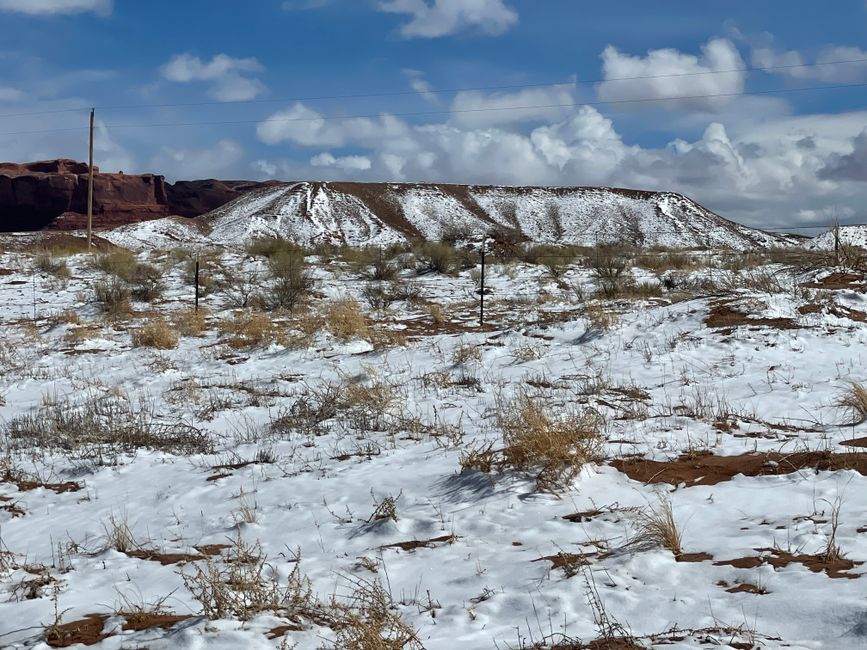
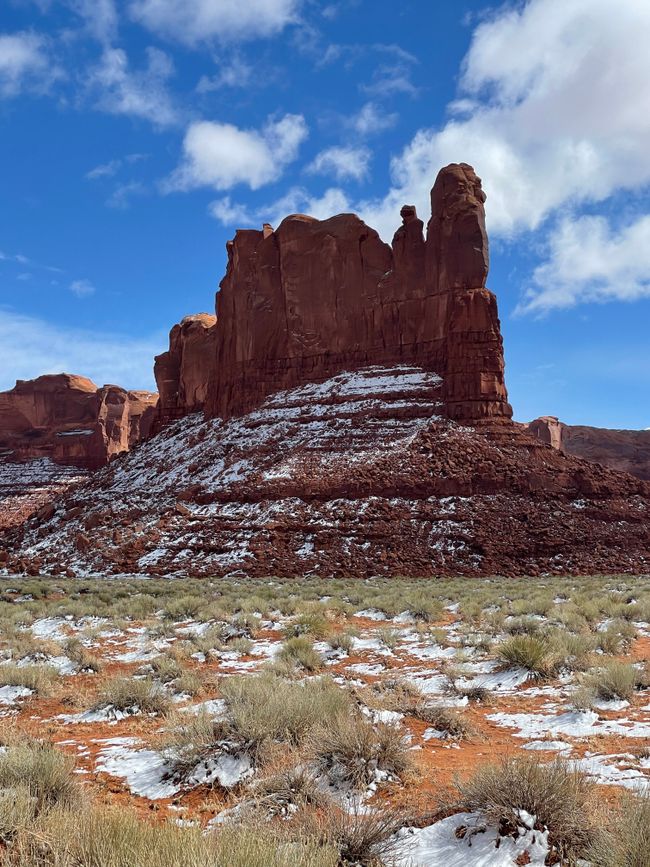
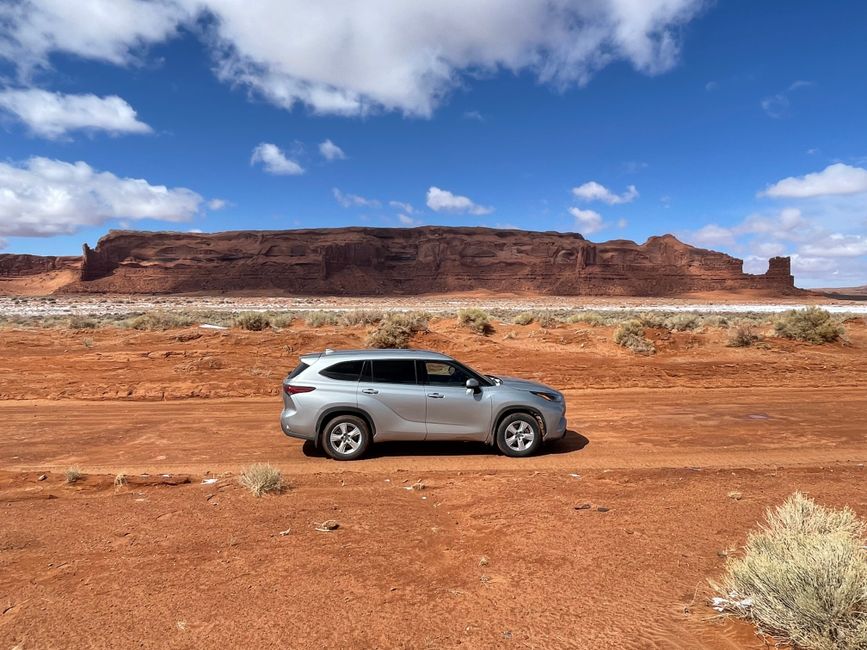
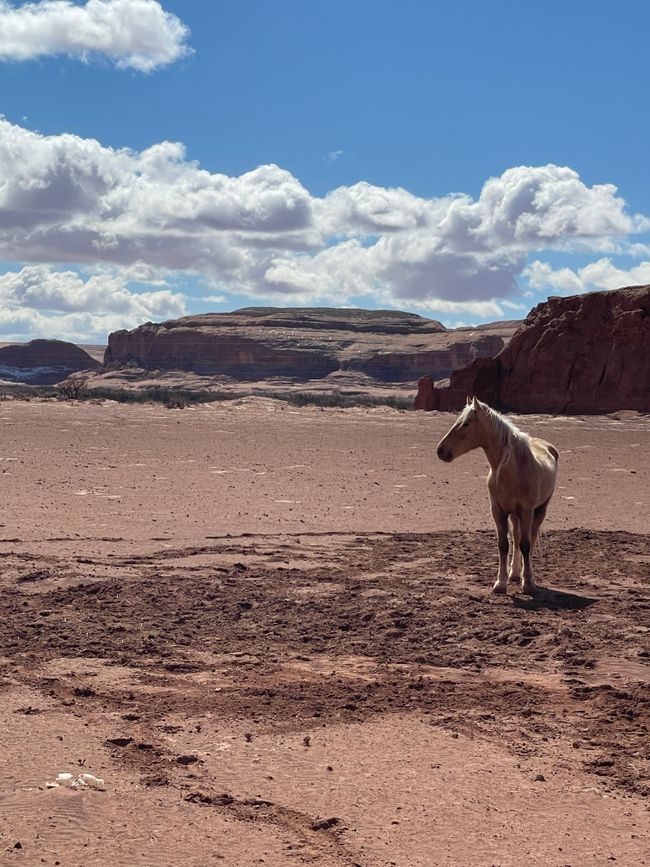
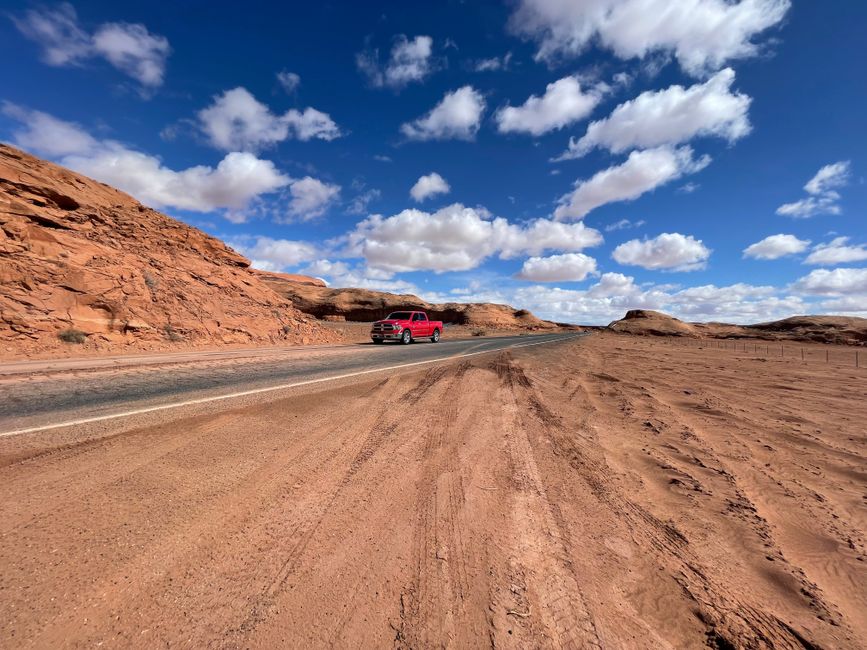
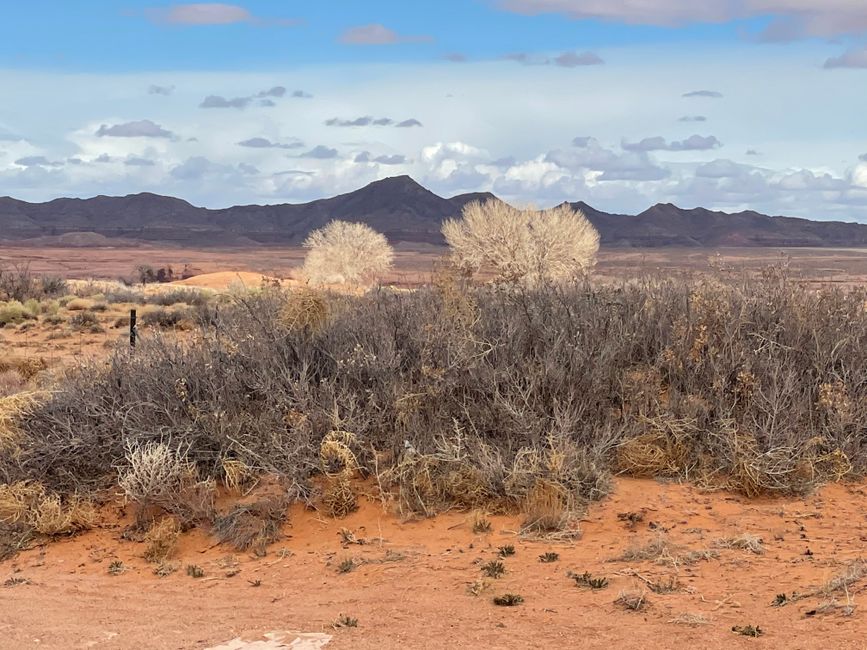
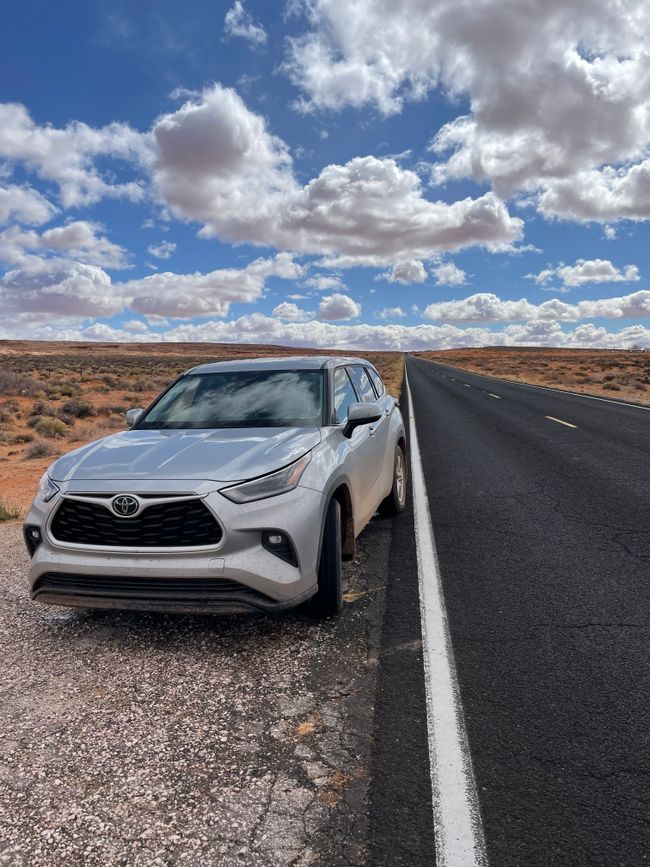
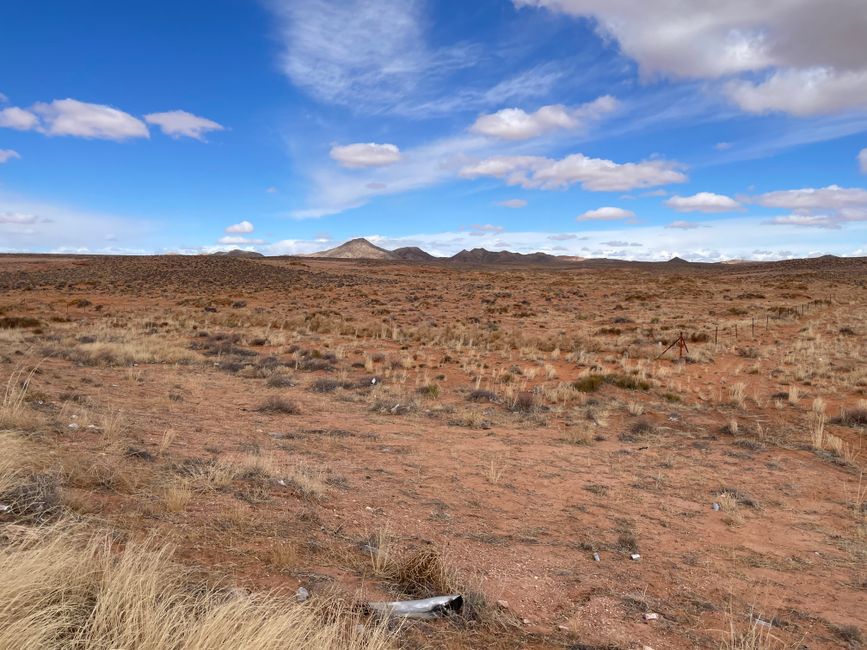
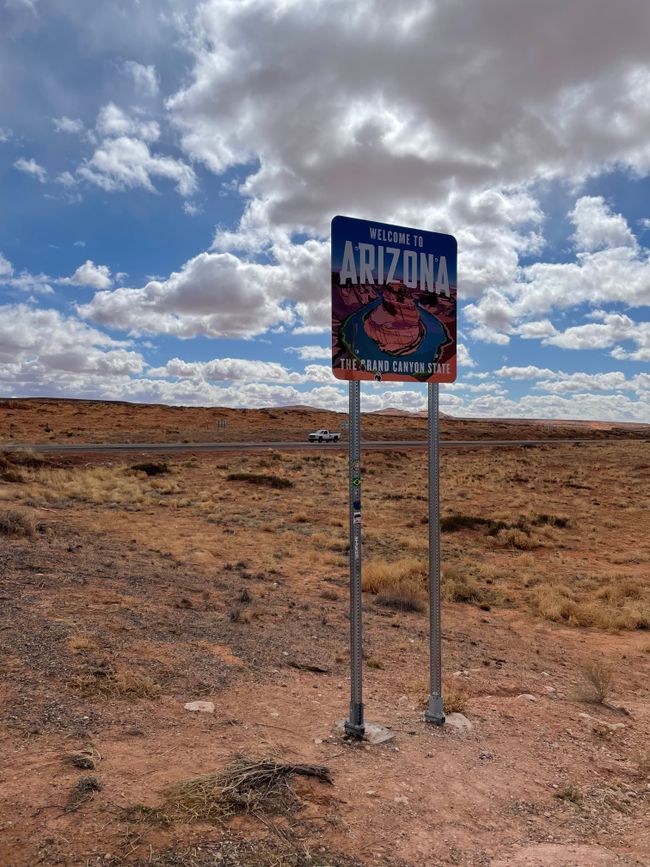
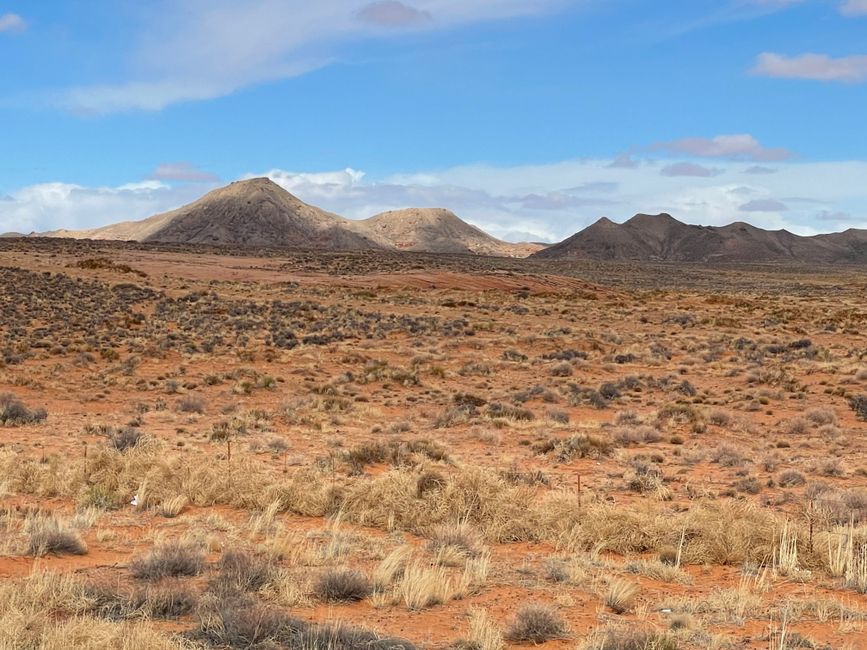
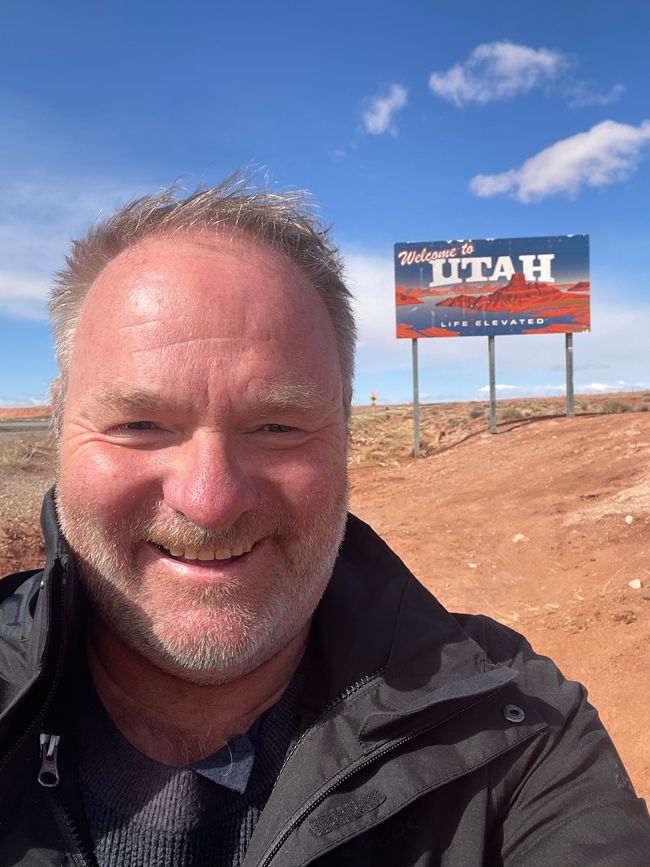
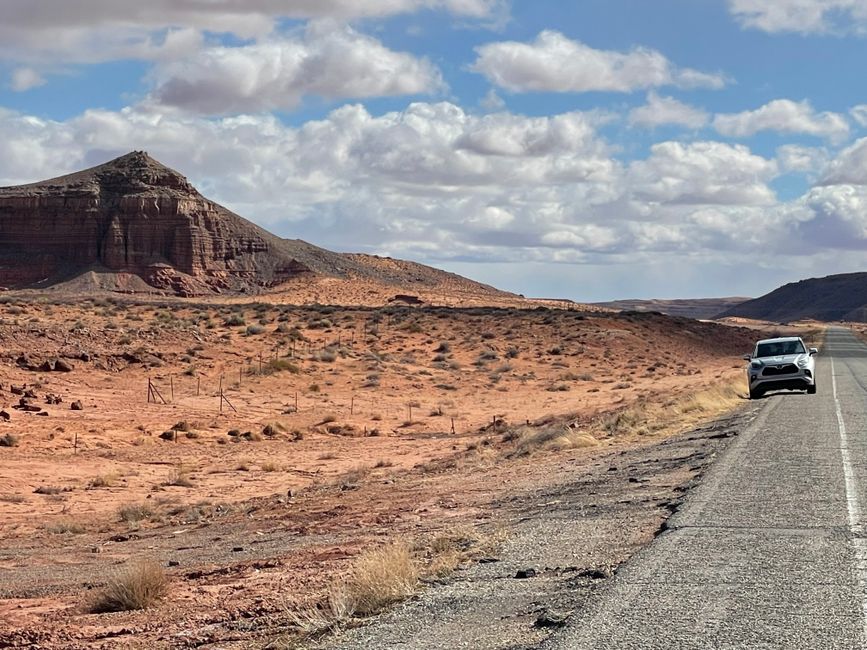
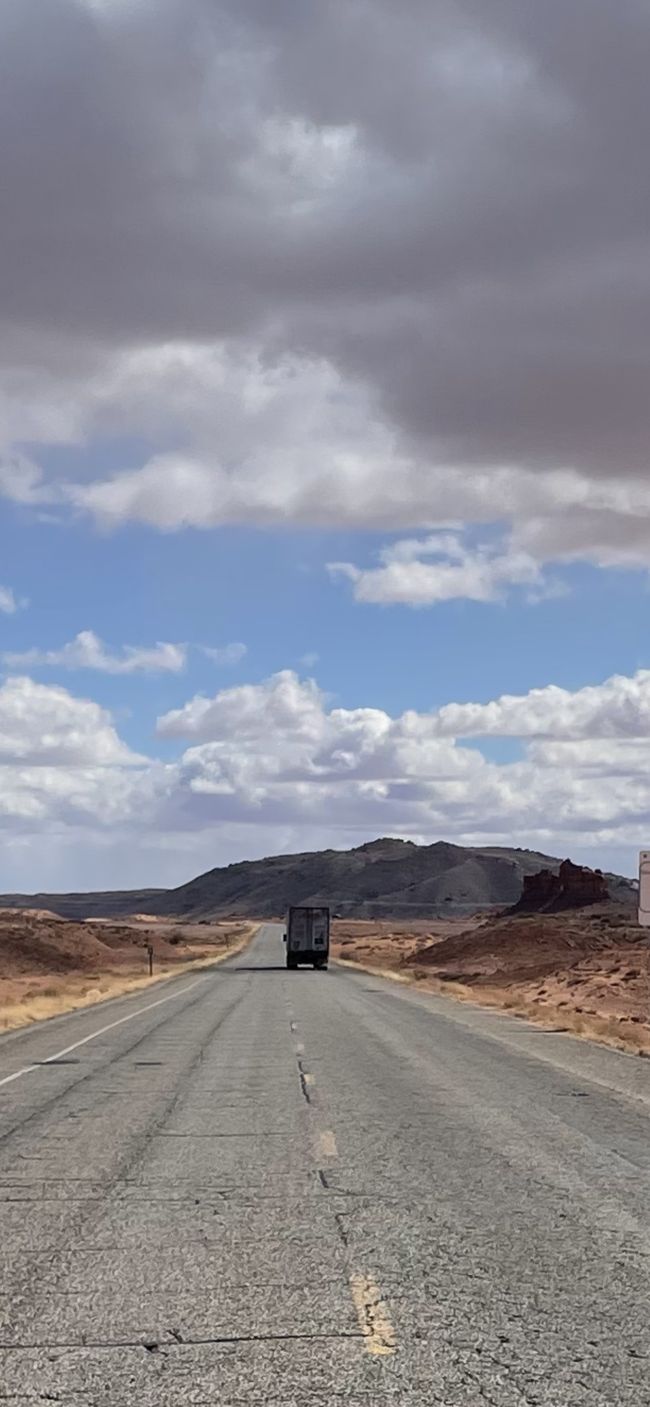
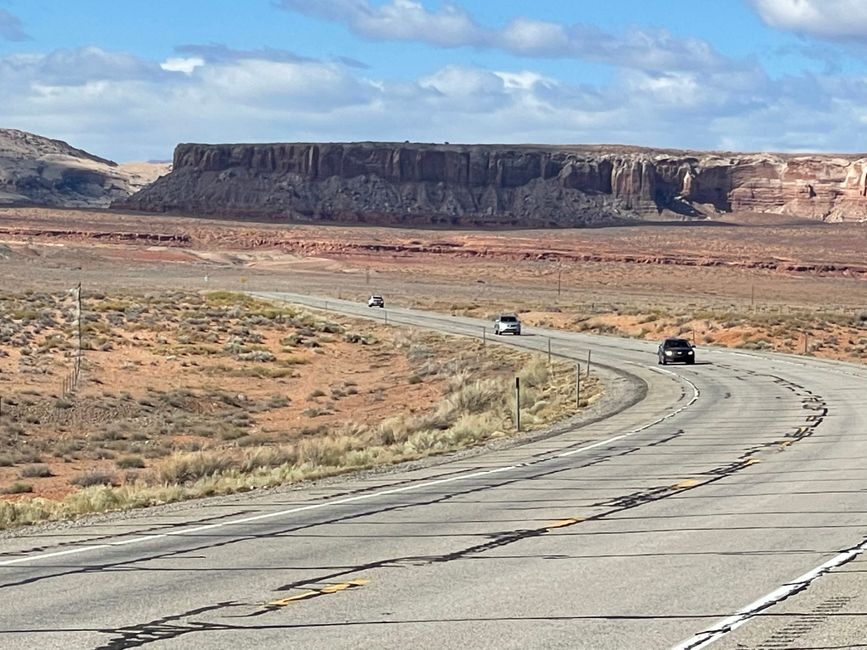
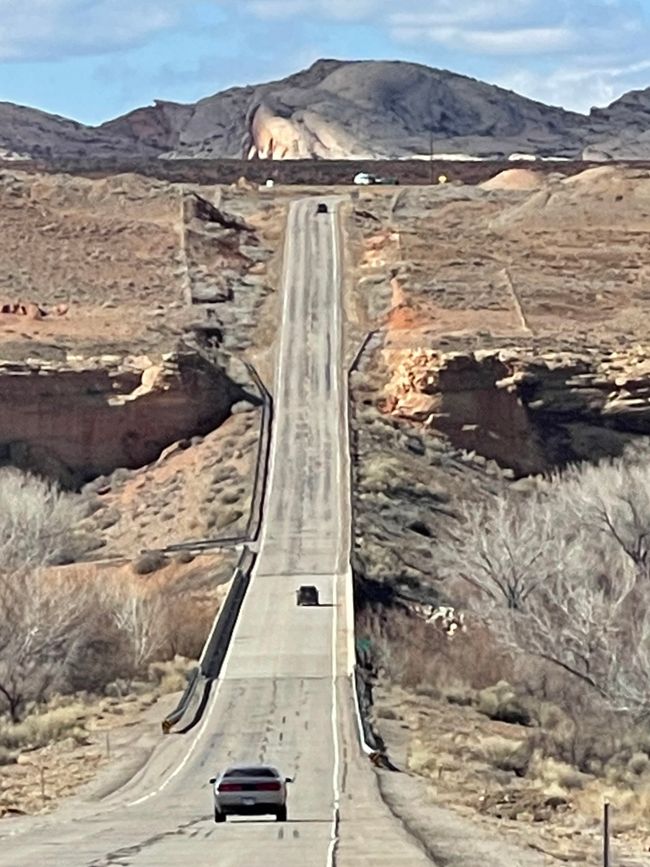
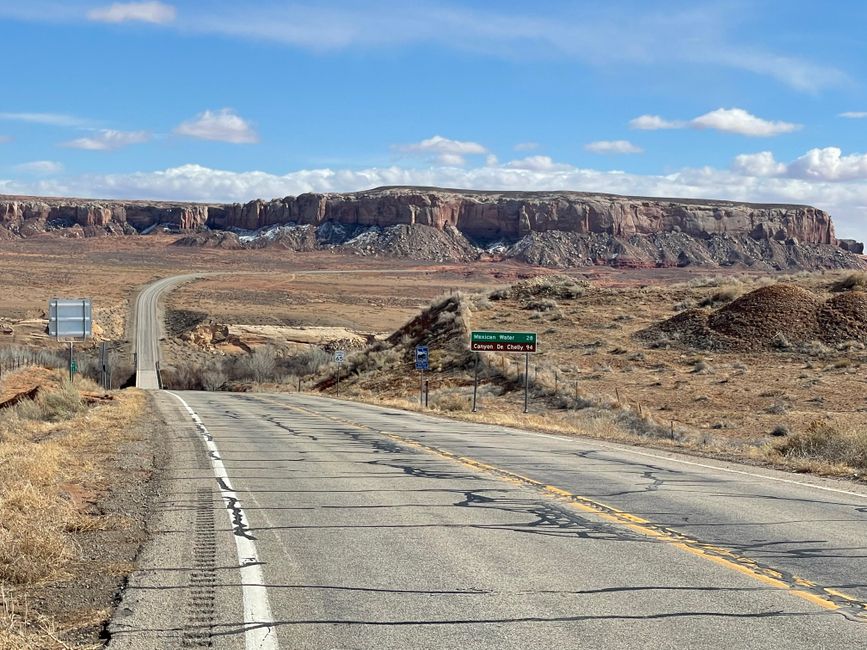
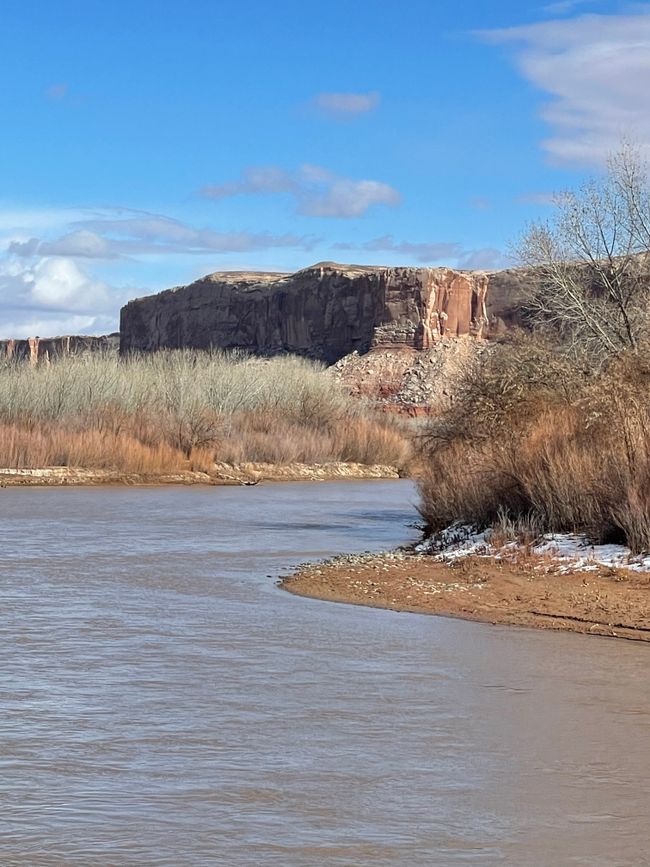
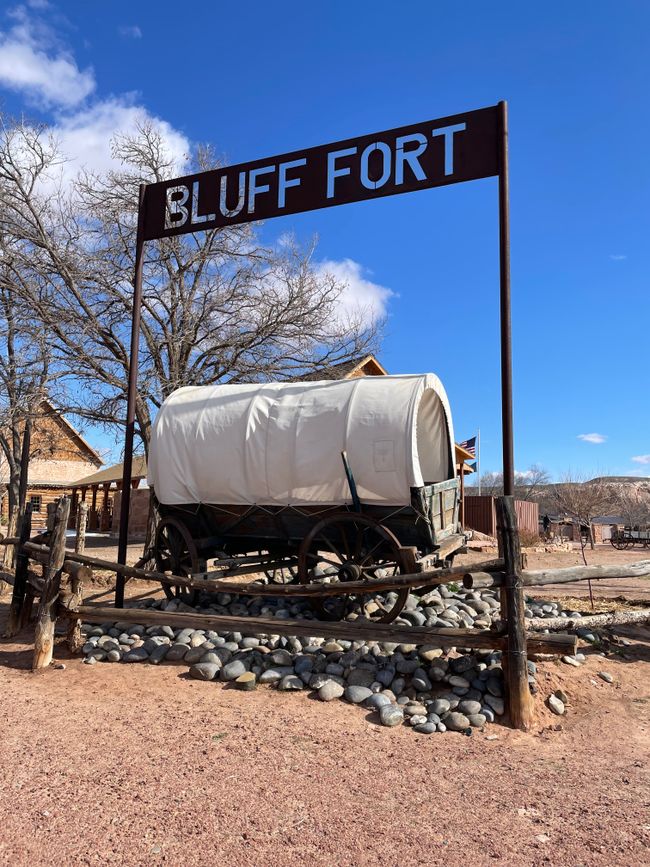
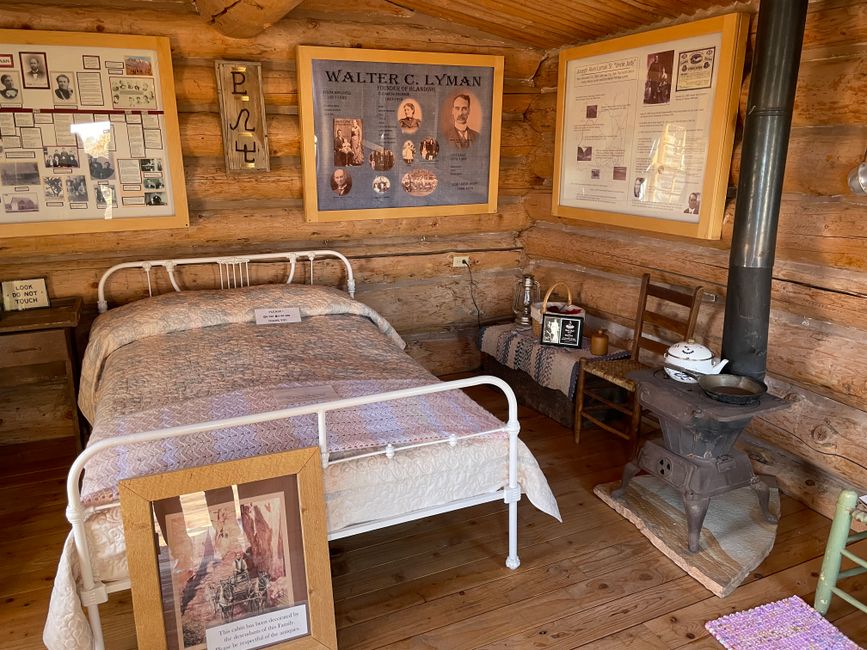

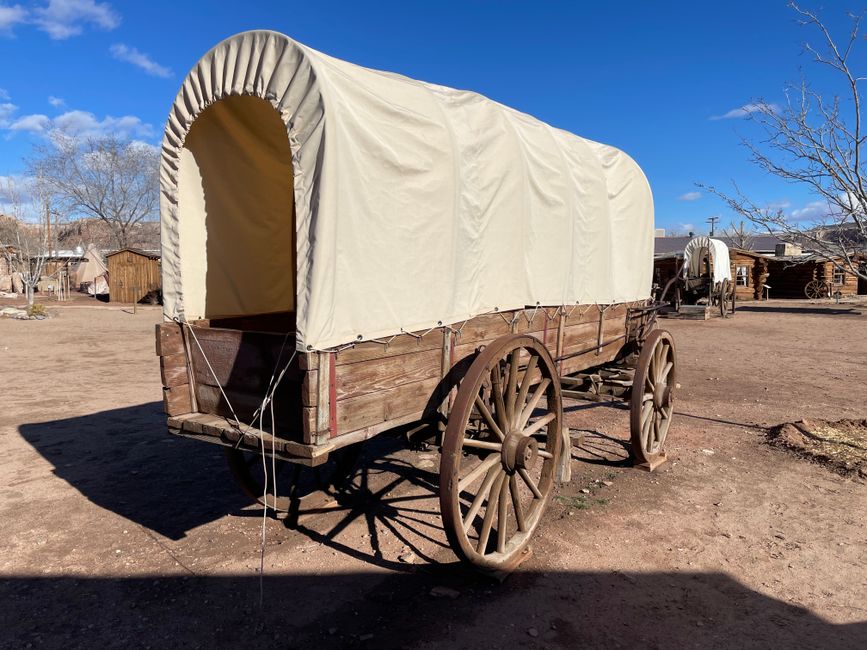
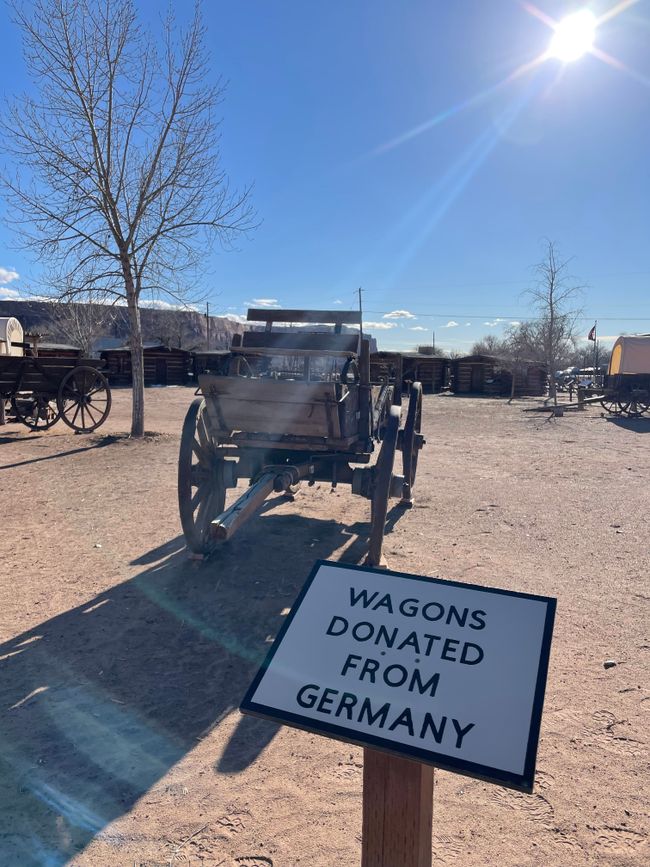
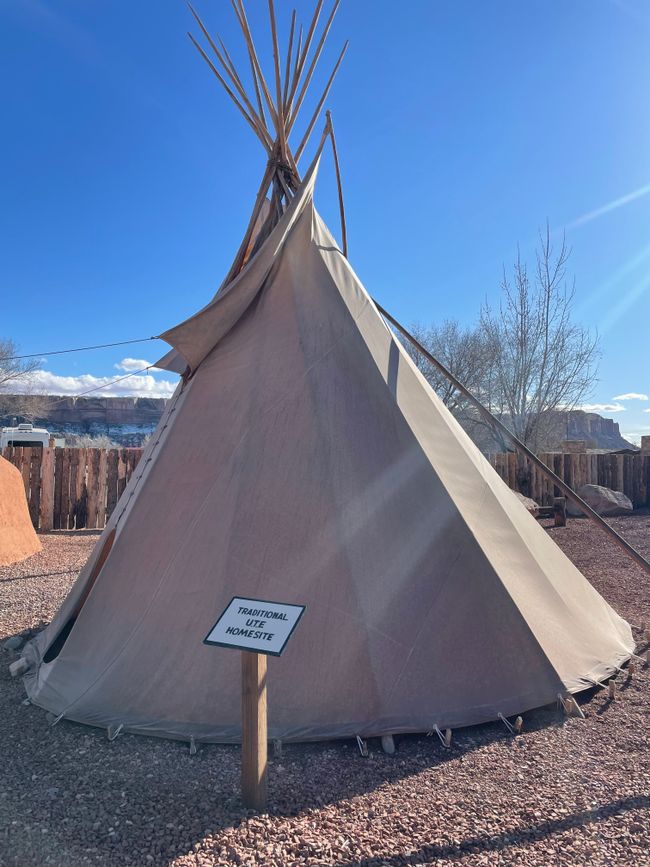
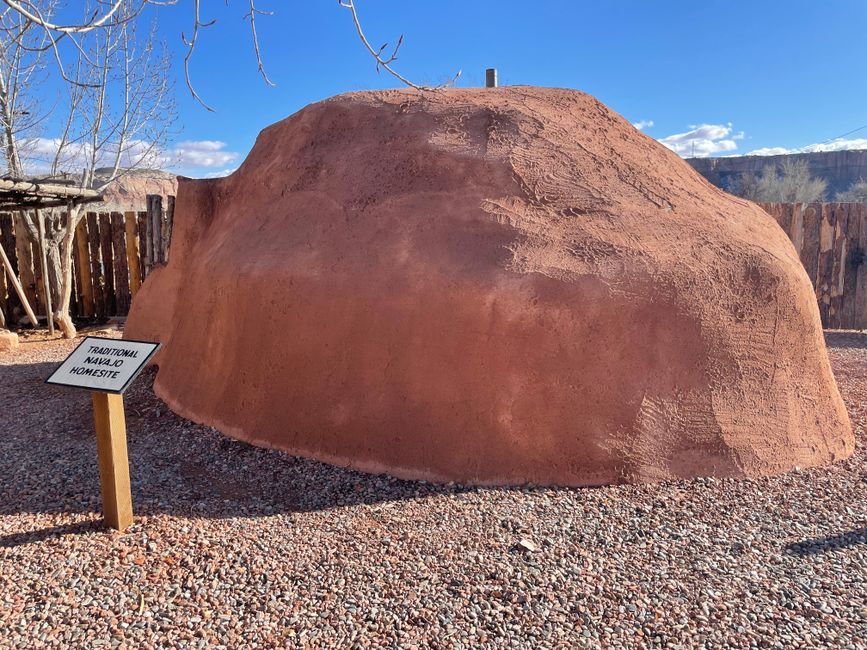
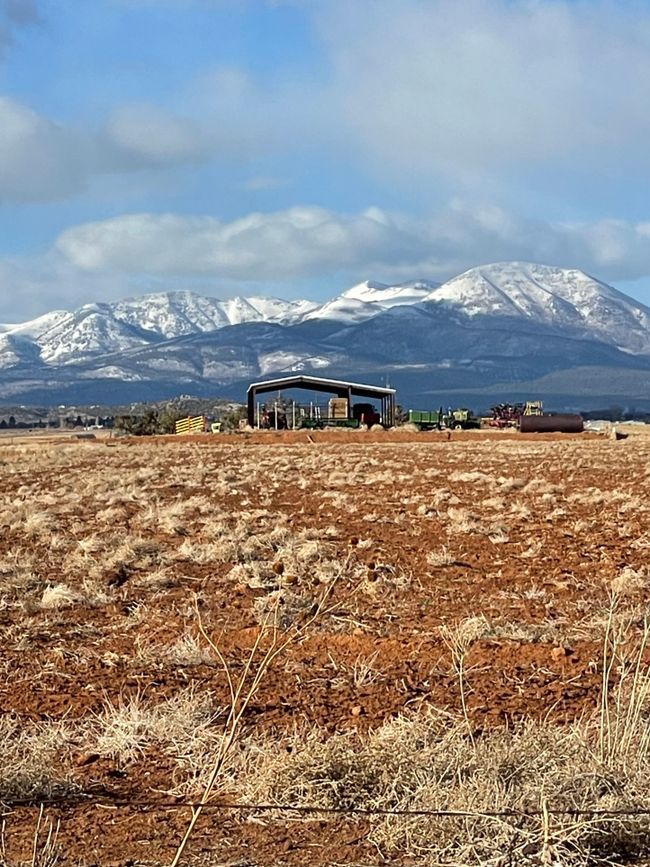
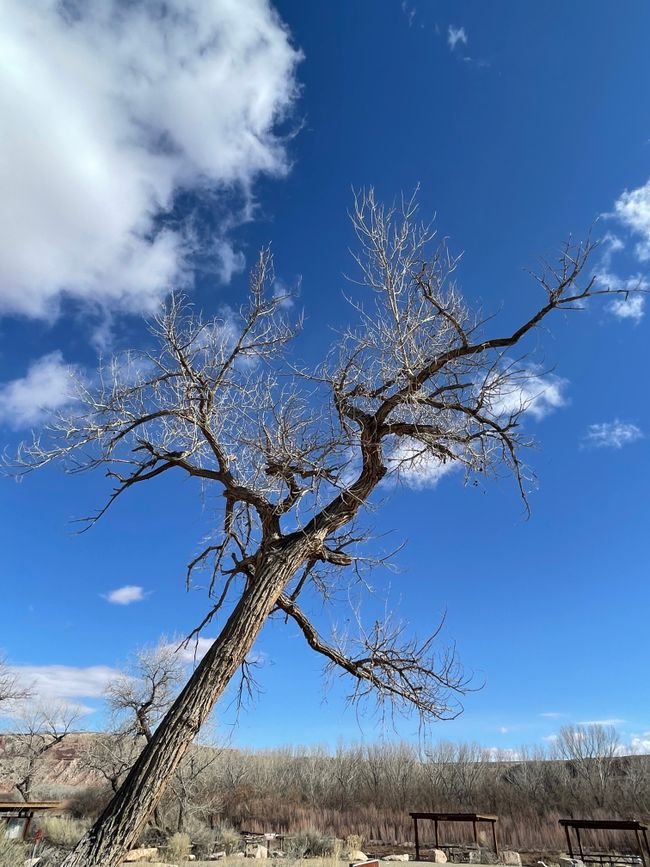
Падпісацца на рассылку
During the night, a significant layer of snow has settled on my car. The sun is shining again in the morning, but it is extremely cold. I receive a pre-packed breakfast, which I don't eat but take with me, and set off at 9:00 am. Since there is snow on the road, the speed is very slow. I have no idea how bad it will get later.
At first, it seems that the sun is breaking through. You can only drive at 40-50 miles/h, but you have a magnificent view of the snow-covered landscape. About half an hour later, I must have underestimated the altitude. Anyway, there is no sign of the sun anymore. And it's -6° outside. The snow on the road is increasing now, and eventually you can't see it anymore. A continuous layer of snow with a tire track just barely reveals the way. Then heavy snowfall starts.
Driving is no longer fun now. I assume that the car has summer tires. Anyway, it sometimes skids significantly, and the brakes no longer work properly. I reduce the speed to 20-30 miles/h. There are very few cars with me on the road. I'm really considering turning back. But since the car in front of me doesn't seem to be better equipped, I follow it at a considerable distance. I don't think about taking pictures anymore. I don't want to stop either. Who knows if I can even continue on this mixture of ice and snow. And there are no pull-off areas visible anyway. It takes me almost 2 hours to cover the 50 km until I reach the valley again.
When I realize that this horror is really over, not only a weight is lifted off my shoulders. I had a similar drive only once over a pass in northern England. Luck played a bigger role than reason. In any case, it wasn't the best idea. I park my car at a gas station. The wheel wells and the undercarriage are completely frozen. Even kicking against them doesn't make it fall off. With my relief, I can finally immerse myself in the absolutely magnificent Whitman landscape again. Even though the snowfall wasn't as intense, a white splendor that covers the rocks is still visible.
The next 200 km are completely safe and simply magnificent. I stop at least 20 times and can't get enough of the formations. The pictures here can only partially capture this impression. In terms of landscape, this is by far the most impressive part of my trip. The road is sometimes straight for kilometers, then it curves past the rocks again. After 130 km, I cross the border from Arizona to Utah. This is my absolute favorite state, even though all the others in the western USA are also spectacular.
Shortly before my destination, I arrive in Bluff. There stands the Bluff Fort - a reminiscence of pioneer times - and admission is free. I enter the medium-sized area and am greeted by Lynn Feinauer, who is on duty here. The older man tells me that his grandparents came from Germany. His grandfather was from Kupferzell. He doesn't speak German, but what he says is incredibly interesting. He tells me how the first settlers came to Bluff. The trek was supposed to take six weeks, but it took six months. They had to pull wagons with 14 horses over mountains with a gradient of 45°. It was a torture. Surprisingly, not a single person died.
They built this fort as their first dwelling before establishing farms in the surrounding areas. The descendants of the families have donated the furnishings from their collection, which is shown here in the reconstructed log cabins. In about 15 houses, you can see how people lived back then. One house is still original. Lynn says that there were hardly any conflicts with Native Americans here. Cattle farmers and locals got along very well, with only a few exceptions.
Remarkably, there is an audio description for each cabin, which is also available in German, among others. This is very rare here. I listen to three of them, and not only is it very well spoken, it is also really interesting and informative. If you are ever in this area, I can only recommend a visit. From the outside, it may look inconspicuous, but the design is really good.
I say goodbye to Lynn, leave a small donation, and drive the remaining 30 km to Blanding, where a motel is waiting for me. Funny enough, I was already here four years ago and had completely forgotten about it. I actually shouldn't have, because Blanding is a dry city. No alcohol sales within the city limits. However, you are allowed to bring your own. I'm lucky with the hotel room again, and after the morning scare, I treat myself to a beer. So that it doesn't get too dry.
Падпісацца на рассылку
Адказ
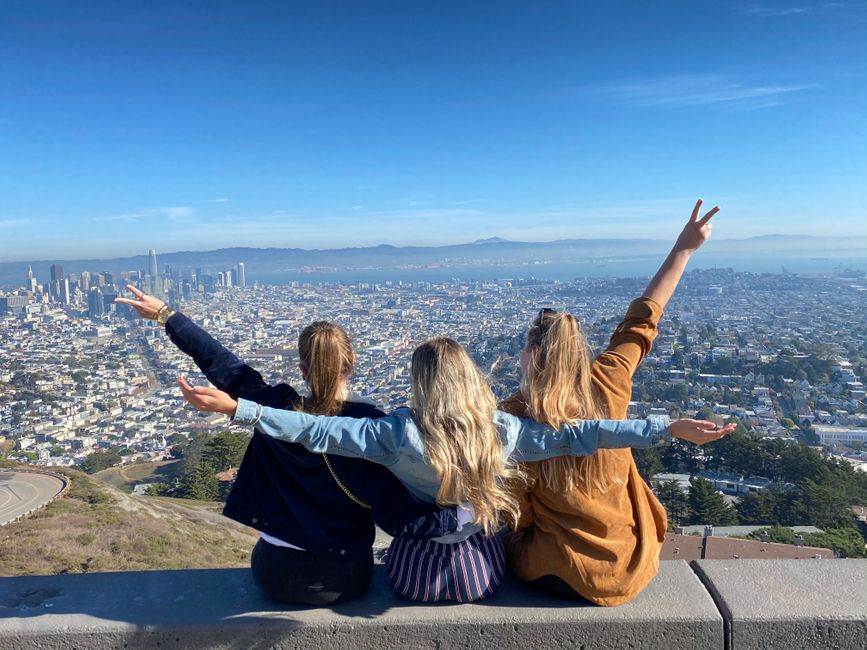
Справаздачы аб падарожжах ЗША
